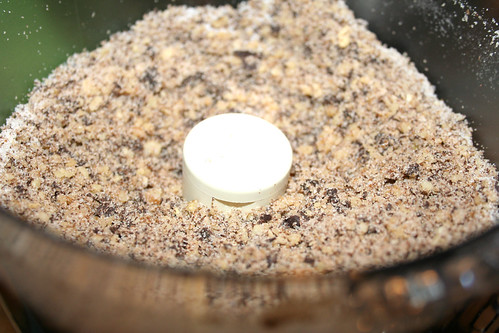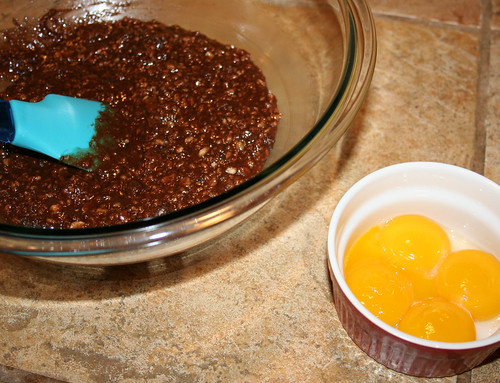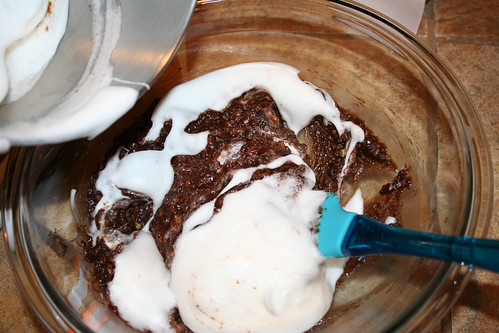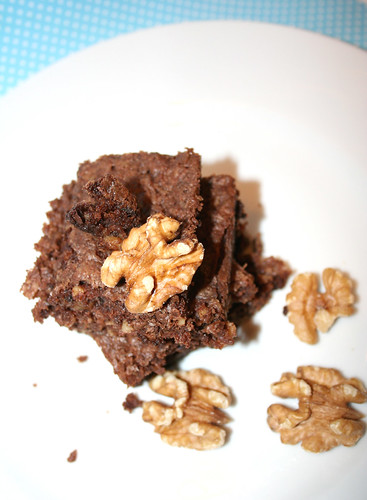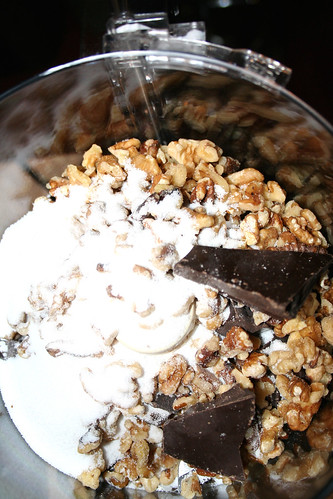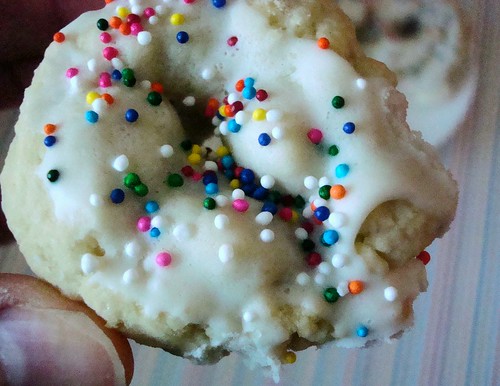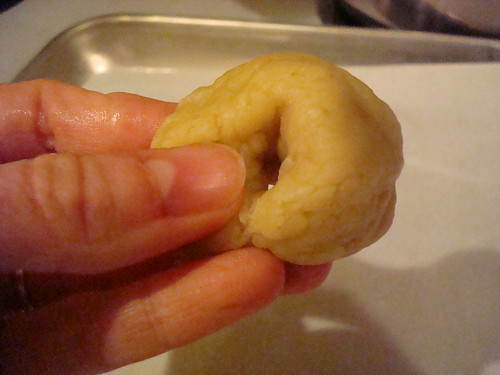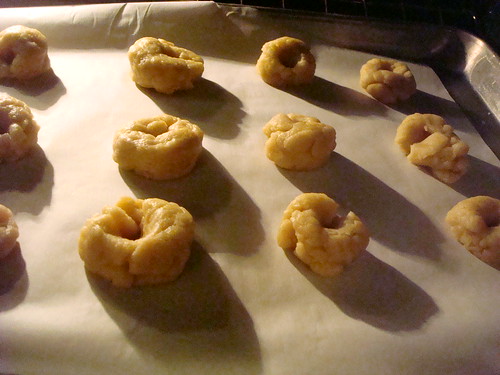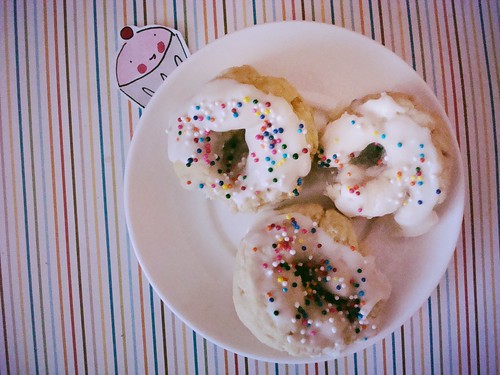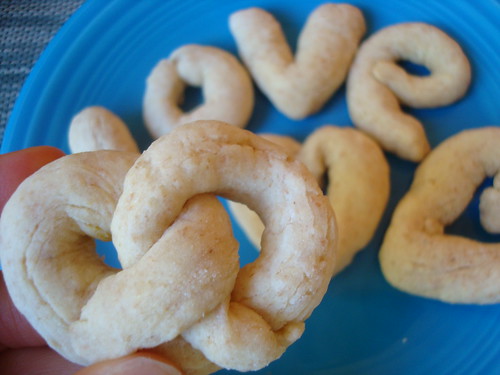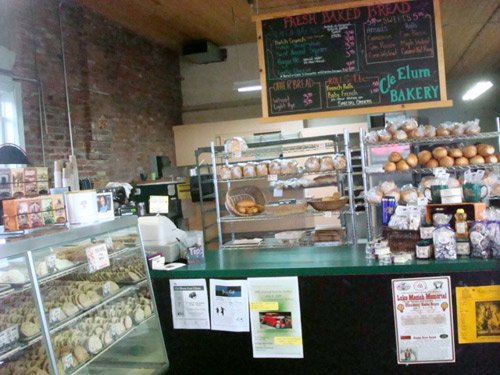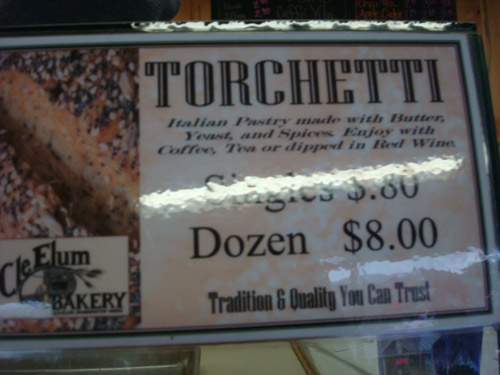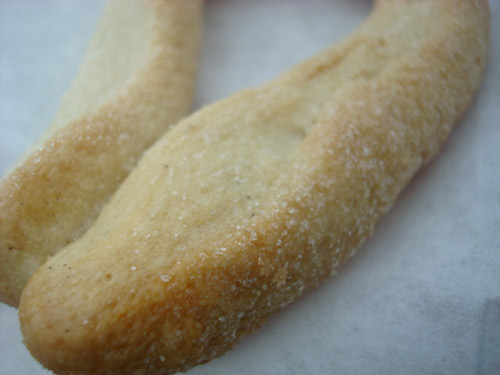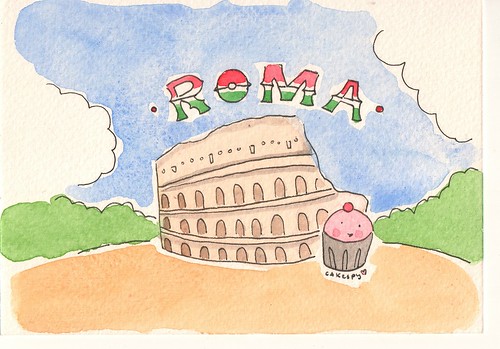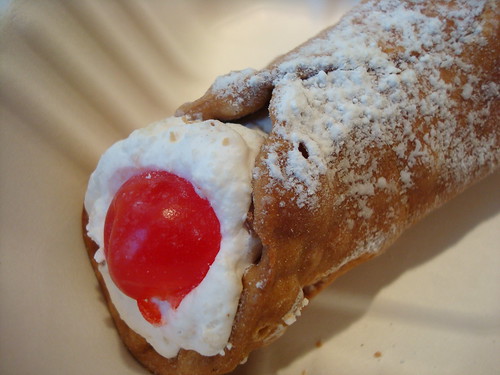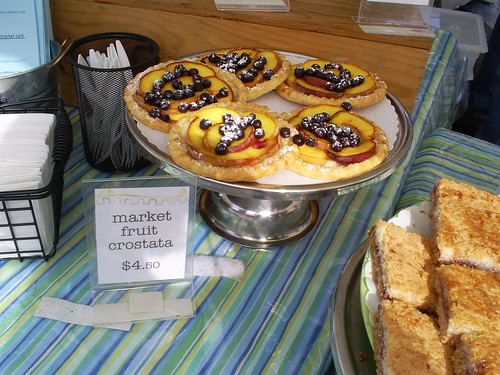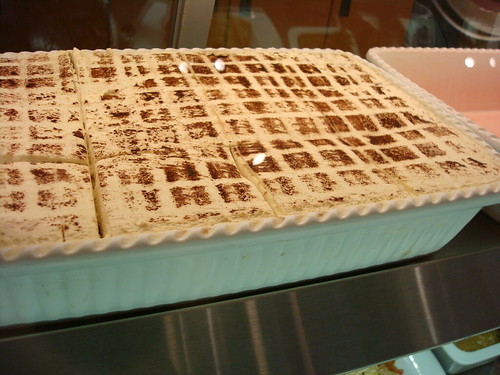Have you ever heard of Torta Caprese?
My sweetheart was enchanted by this recipe in Brooks Headley's book Brooks Headley's Fancy Desserts: The Recipes of Del Posto’s James Beard Award–Winning Pastry Chef. So...well, he made it. And we ate it. And I want to tell you that it is worth your time.
According to the book, Torta Caprese is an Italian sweet, named for the island of Capri. This is a traditional version that gets its structure from "walnuts and the superpowers of egg whites".
It's a very thin brownie, so we decided it was better to serve them in little short stacks, like the one pictured (five brownies at once? How American!). Since they're so thin, it's really like making a DIY layer cake.
Every flavor shines in this recipe, so it's a good time to bring out quality ingredients: basically, your brownies will taste as good as the chocolate you use.
It's also naturally gluten free, "making it perfect for passover, or for that friend who is not eating gluten, for whatever very real or totally imagined reason."
Torta Caprese
Only slightly adapted from Brooks Headley's Fancy Desserts: The Recipes of Del Posto’s James Beard Award–Winning Pastry Chef.
Yield: 1 baking sheet of brownies
- Bittersweet chocolate, very best quality, chopped, 1 1/2 cups (200 grams)
- Walnuts, chopped, 1 3/4 cups (200 grams)
- Sugar, 3/4 cup plus 1/4 cup (150 grams plus 50 grams)
- Salt, 1 teaspoon * (4 grams) - note, original recipe calls for 2 teaspoons
- Unsalted butter, 2/3 cup (or, 1 1/3 sticks) (155 grams), melted
- Eggs, 4, separated
Procedure
- Preheat the oven to 325 degrees F. Line a baking sheet with parchment paper.
- In a food processor, pulse together the chocolate, walnuts, 3/4 cup of the sugar, and the salt, until you have chunks of chocolate and walnut that are not huge but not totally obliterated either. You don't want a paste. Avoid that.
- Transfer the chocolate mixture to a large mixing bowl. Add the butter and mix well with a rubber spatula. Add the egg yolks, and stir to combine. Set the chocolate mixture to the side.
- In the bowl of a stand mixer, using the whisk attachment, beat the egg whites on medium speed, slowly adding the remaining 1/4 cup sugar and beating continuously until the whites have a meringue-like texture. Do not overbeat.
- Fold the egg whites gently into the chocolate mixture, and pour the batter on to the prepared baking sheet.
- Bake until golden, 20 to 25 minutes, or until a toothpick inserted in the center comes out clean.
- Let the cake cool in the pan, and cut into chunks. This also freezes beautifully, and will last up to 2 months. Just thaw and serve.
